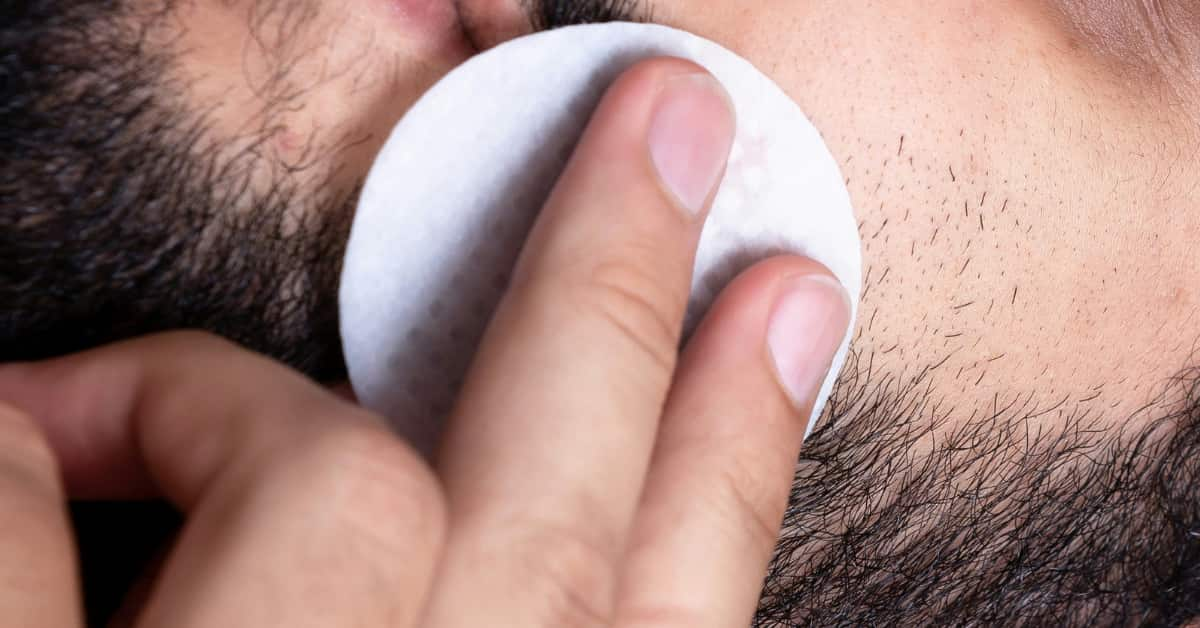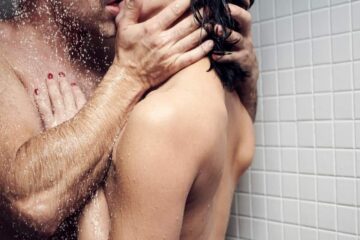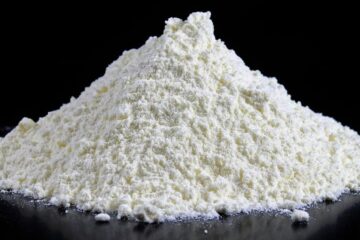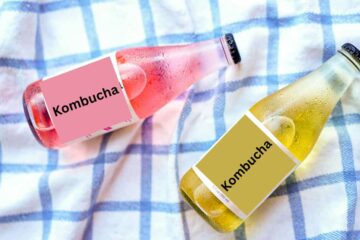Table of Contents
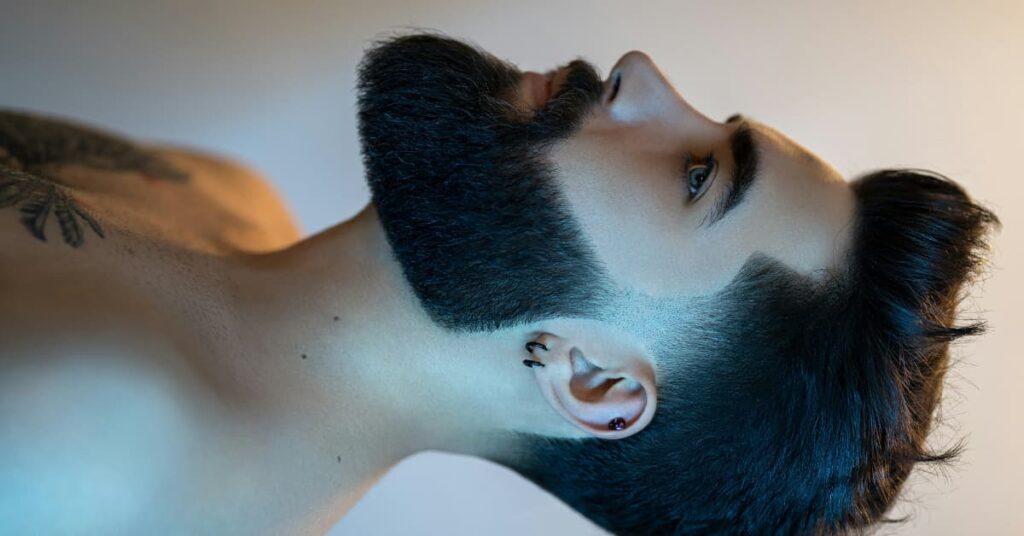
Introduction
A dense, full beard can change the appearance and increase confidence. Nevertheless, getting that perfect facial hair appears unattainable for many males, despite testing different techniques and products, if you’re working with patchy or light beard development. This scientifically confirmed solution merits attention: minoxidil for beard enhancement. In this article, we learn about the development of the Minoxidil beard.
Designed initially for scalp hair loss, it has emerged as a game-changing treatment for men seeking to enhance facial hair growth. By improving blood flow to hair follicles & optimising the hair growth cycle, this FDA-approved combination offers hope for those wanting to achieve their ideal beard.
Minoxidil can transform the hair, from thinning and balding to thick and healthy. But do they have the exact results when it comes to beard growth? Here are seven items we know to be true about Minoxidil for beard development:
1. Minoxidil is safe to use
Ensure it’s safe and effective before using any medicine. Plenty of investigations have been carried out on the safety & efficacy of using Minoxidil beard for various kinds of alopecia, including the most typical, male-pattern baldness. Consequences have shown that it is safe to use, and a study examining Minoxidil’s safety and efficacy for beard growth found that the treatment caused few adverse side effects.
2. It’s an effective treatment
In an analysis on the significance of Minoxidil beard growth, male who were using the therapy presented a greater increase in hair density and superior self-assessment outcomes compared to men receiving the placebo. You can explore before-and-after minoxidil photos on sites like Facebook and Google to see incredible results.
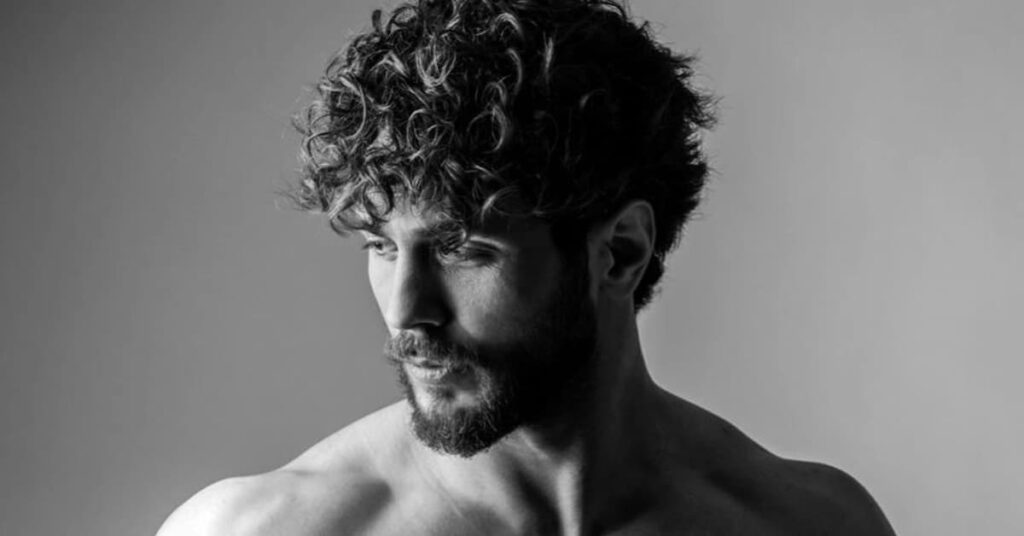
3. You can get lasting results
You do have to take therapy constantly to see results; otherwise, hair development will fade after about 3 or 4 months. Nevertheless, incorporating the treatment into your practice means the results will be continuous.
Minoxidil provides blood flow to the hair follicles, improving the density of the hair and encouraging regrowth. It also boosts the ‘growth’ phase and the hair’s diameter, making it appear thicker, fuller, and healthier.
4. Minoxidil is a prescription treatment
As with all pharmaceutical treatments, a clinician must examine whether they suit you. This may involve an online talk in which you’ll be asked about your lifestyle, medications, and preferences.
5. Minoxidil typically has few side effects
Minoxidil beard is safe, although some may encounter side effects such as dryness and itching. A right moisturiser should help alleviate this.
Although rare, some people experience slight heart vibrations as a result of using too much medication. Minoxidil beard, which operates by widening blood vessels, was initially used to treat individuals with hypertension. If you have high BP or take antihypertensive medications, you should talk to a doctor or pharmacist before using Minoxidil.
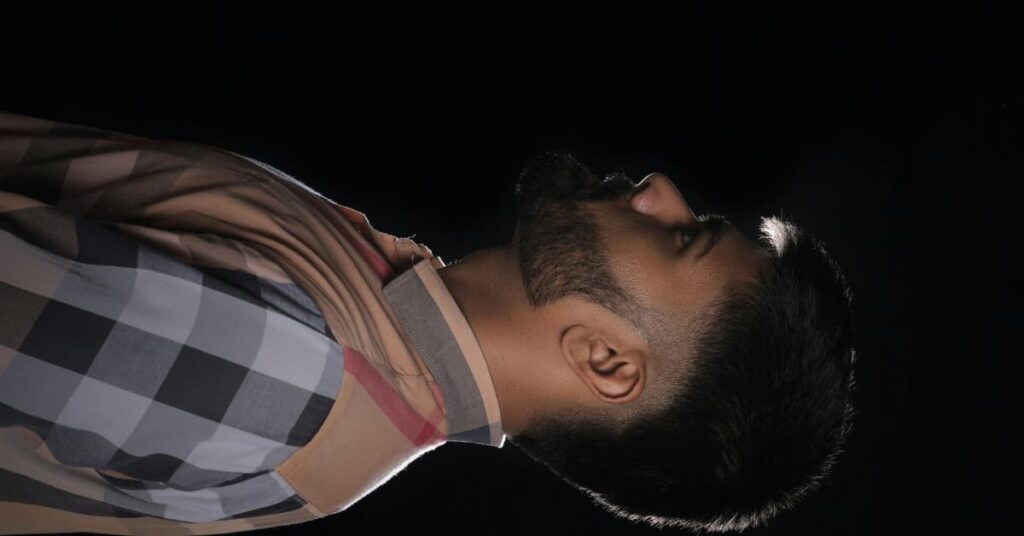
6. Minoxidil beard growth
While initially designed for scalp hair loss, Minoxidil beard has proven highly effective for beard enhancement. Many men say it significantly improves facial hair thickness and coverage. The science behind its success lies in how Minoxidil interacts with beard follicles.
Beard hair follicles are sensitive to androgens (male hormones), which makes them uniquely open-minded to Minoxidil’s growth-stimulating effects. When used in the beard area, Minoxidil beard enhances blood circulation and nutrient delivery to these hormone-sensitive follicles, creating optimal conditions for new hair growth.
While primarily an FDA-approved treatment for scalp hair loss, Minoxidil beard has become a popular “off-label” method for stimulating and improving beard growth.
7. How Minoxidil Works for Beard Growth
- Mechanism: Minoxidil is a vasodilator, which widens blood vessels. When applied to the skin, it is supposed to increase blood flow, oxygen, and nutrients to the hair follicles on the face.
- Hair Cycle: It is also believed to lengthen the active growth phase (anagen phase) of the hair cycle and shorten the telogen phase (resting phase), leading to:
- Thicker and healthier hair growth.
- The transition of fine, light vellus hairs into thick, dark terminal hairs.
- Concentration: Topical Minoxidil is widely available in 2% and 5% concentrations. The 5% solution is often recommended for better results, though a study on beard growth specifically found the 3% concentration to be effective.
Minoxidil beard
Minoxidil’s journey from blood pressure medicine to a breakthrough in hair growth therapy represents one of medicine’s most engaging accidental findings. First introduced in the 1970s to control high blood pressure, doctors saw an incredible but welcome side effect in their patients—improved hair growth. This finding led to the growth of topical Minoxidil, which received FDA approval and revolutionised hair development treatment.
Minoxidil is known over the counter in 2% and 5% engagements, creating it readily available for those seeking to improve facial hair growth. While it’s known chiefly for dining scalp hair loss (androgenetic alopecia), its effectiveness has sparked curiosity in its potential for beard enhancement.
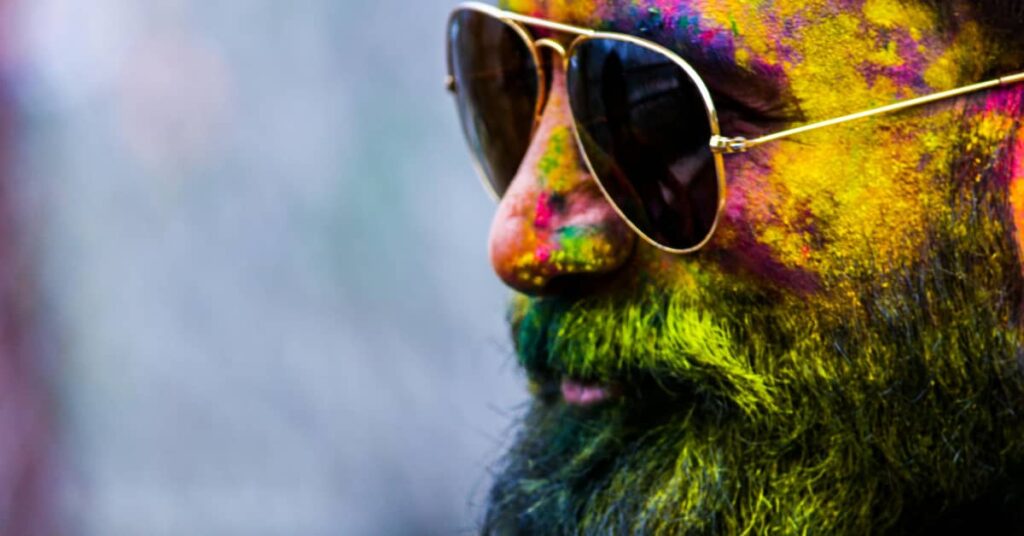
Results and Timeline
Time Frame: What to Expect
Months 1-2: You may see initial shedding as old hairs are pushed out to make way for new ones. Fine, light vellus hairs might begin to appear.
Months 3-4: The first noticeable results are increased hair density and the development of new hairs.
Months 4-6: Vellus hairs transition into thicker, darker terminal hairs. The beard starts looking fuller and less patchy.
6-12+ Months: Significant improvement in overall density and coverage. Optimal results are often seen after a year of consistent use.
Application and Consistency
- Dosage: The typical recommendation is to apply the solution (usually 1 ml) or foam to the target areas twice daily, approximately 12 hours apart.
- Technique: Apply to a clean and dehydrated face. Gently massage it into the skin where you want to promote growth.
- Drying: Allow the product to fully dry and absorb (usually 2 to 4 hours) before moisturizing or letting the area get wet.
- Key to Success: Consistency is vital. Skipping applications can severely compromise results.
Permanence of Results
- Non-Permanent: For most users, hair growth achieved with Minoxidil is not permanent for all hairs. The effects only last as long as the medication is used.
- Transition to Terminal Hairs: If the vellus hairs fully transition into terminal hairs (like regular mature beard hair), they are more likely to be retained after stopping use. However, discontinuing the medication often leads to gradually losing the newer, non-terminal hairs. Many people must continue applying indefinitely to maintain their gains.
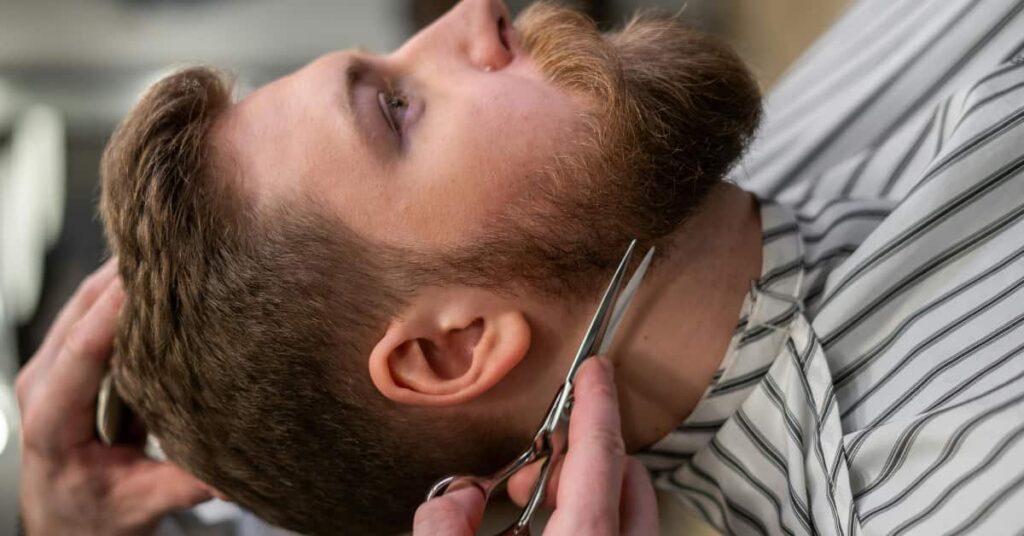
Minoxidil beard side effects
It is normally considered safe for topical use. Still, because its application for beard growth is “off-label” (officially approved for scalp hair loss), users should be aware of common local reactions and the rare potential for systemic effects.
Here is a breakdown of the side effects:
I. Common Local Side Effects (Most Frequent)
These side effects occur primarily at the site of application on the face/skin and are typically mild:
- Skin Irritation/Contact Dermatitis is the most common complaint. Symptoms include itching (pruritus), redness (erythema), dryness, and flaking/scaling. It is often due to an intolerance or allergy to the solvent, particularly propylene glycol, which is found in the liquid solution (less familiar with the foam).
- Unwanted Hair Growth (Hypertrichosis): While the goal is beard growth, Minoxidil can stimulate hair growth in adjacent or distant areas, such as the cheeks above the beard line, neck, or temples, usually due to accidental transfer.
- Temporary Hair Shedding: An initial increase in hair loss (the “Minoxidil Shed”) is a common, short-term side effect of the drug, which pushes old hairs out to begin a new growth cycle.
- Acne: Some users experience breakouts or increased acne due to irritation, dryness, or product ingredients.
- Changes in Hair Color or Texture: Newly grown hair may initially appear lighter or finer, or the texture of existing hair may slightly change (e.g., become curlier).
II. Rare or Serious Systemic Side Effects
Topical Minoxidil is slightly absorbed into the bloodstream. However, systemic effects can occur if too much is absorbed (e.g., through overuse or broken skin) or the user is sensitive. These require immediate medical attention.
- Cardiovascular Symptoms:
- Rapid/Irregular Heartbeat (Palpitations or Tachycardia): A response to Minoxidil’s vasodilating action.
- Chest Pain (Angina): Can be a serious sign and requires urgent care.
- Fluid Retention (Edema): Swelling of the hands, feet, ankles, or face and sudden, unexplained rapid weight gain (often > 5 pounds in a short time).
- Hypotension Symptoms:
- Faintness or episodes of low blood pressure.
- Dizziness or Lightheadedness
- Headaches: While usually mild, persistent headaches can indicate systemic absorption.
Recommendation
If you have any pre-existing heart conditions or experience any of the serious systemic side effects, you must stop using Minoxidil immediately and consult a healthcare professional.
Conclusion
Minoxidil works best when complemented by proper beard care practices. Maintain a healthy lifestyle that supports natural hair growth by:
Getting adequate sleep & managing stress levels can impact hair growth. Eating a balanced diet rich in biotin, proteins, and essential vitamins and staying hydrated can support skin and hair health. Use a gentle exfoliator weekly to remove dead skin cells and promote better absorption.
Minoxidil for beard growth is a recent trend, but some people have seen fantastic results. Studies on the medication indicate it’s safe to use, although some side effects may occur, such as dryness or itchiness.
Early studies on Minoxidil for beard growth demonstrated mild adverse effects and found it effective in treating beard growth.

